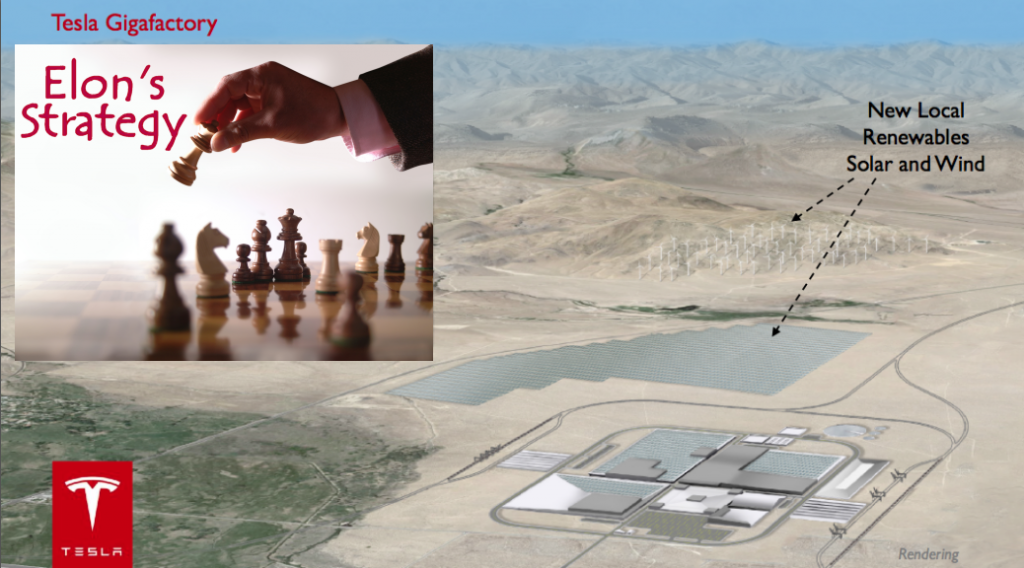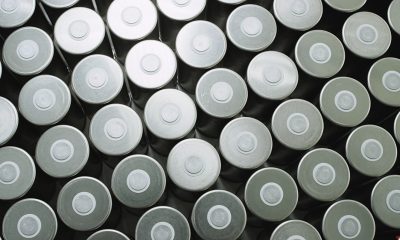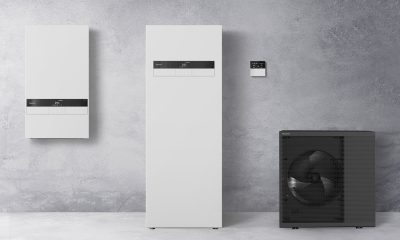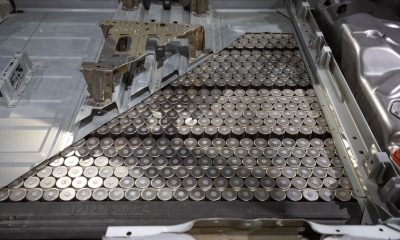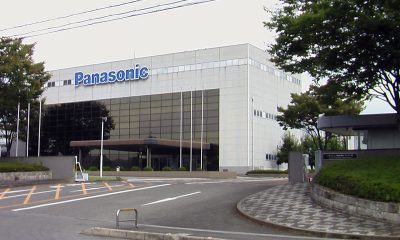News
The strategy behind the state selection of the Tesla Gigafactory
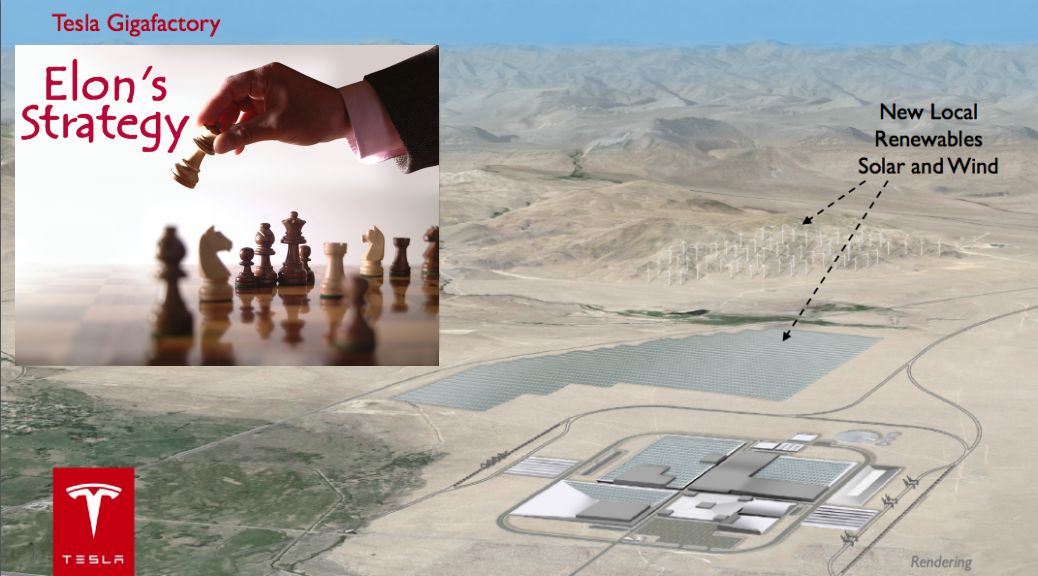
By now, everyone who has any interest at all in Tesla Motors has heard about their plans for a Gigafactory. Since the plan was introduced in February, the discussion groups and forums have been filled with thoughts on the implications of the huge battery making installation. Four potential sites were named: New Mexico, Nevada, Arizona and Texas.
Speculation about how this would change things became rampant. Nicolas Zart asked how it would affect Tesla’s long-standing relationship with Panasonic, who provides the batteries being used in the Model S and that will likely be used in the upcoming Model X. Yet a more persistent question in the peanut gallery has been why Tesla would choose the states it mentioned as candidates for the factory.
To be straightforward, there was a lot of strategic thinking that went behind the choice of the four states mentioned, and there’s a good reason that a couple of those states, deemed as “Tesla-unfriendly,” are on the list.
Logistics
The states chosen are all within a specific logistical area. They’re warm weather states, have little seismic activity, are within easily-accessed and well-established transportation corridors (trains, highways, etc.), have low-cost land available, and have a surplus of most energy types.
This means that transport of materials and finished products to and from each of these locations is relatively easy and requires minimal work to customize. All of them are in sunny locations (a primary requirement for a solar farm as large as Tesla proposes) and they all have access to low-cost energy at surplus should the wind and solar plans take longer to establish or not perform as expected.
Costs and Baskets of Eggs
Each of the four states named also have highly conducive political environments for business. California, love it or hate it, is one of the worst places in the nation to attempt to start a manufacturing business in terms of bureaucracy, costs, and red tape. Choosing California would also mean Tesla would be putting all of their eggs into one basket, as it were, geographically and politically. This would directly affect our next point. We’ll discuss that in a moment.
All four of the states listed have low or no corporate income tax, have relatively low property taxes (even for industrial use), and are about as business-friendly as a state’s government can be without giving away the farm. Nevada and Arizona also have corporate-friendly incorporation laws, should Tesla need to use them.
Leverage
Now for the real meat of it. Tesla has already leveraged California for about everything it can in terms of concessions and breaks. California would likely be willing to do a lot to help Musk get his Gigafactory built, but it’s just as likely that the other candidates would do just as much on top of their already-friendly atmosphere, industry-wise.
Further, two of these states (do we need to name them?) have been less than friendly to Tesla during the dealership vs direct sales battles. Dangle the “create a green factory and employ a lot of your citizens” carrot, though, and suddenly the discussion might begin to change a little.
You don’t have to be Richard Nixon to see that the prospect of one of the world’s largest automotive battery factories being located in your state will have a hundred benefits to every loss you might politically incur for turning your back on your friends at the auto dealer’s association. Especially if you’re a governor with hopes of getting into the White House (ahemRickPerryahem). It’s things like the Gigafactory that can build legacies for those with the savvy to utilize the PR potential.
Strategically Speaking
Putting it together, the strategy behind the Gigafactory’s geographic location is very astute. Musk and Co gain more by naming enemies in their list of potentials than they would going the relatively safe route of staying in their west coast comfort zone.
News
Tesla creates clever solution to simplify and improve its Service
Raj Jegannathan, a Vice President of IT/AI-Infra, Apps, Infosec, and Vehicle Service Operations, revealed that Tesla has started a small pilot program at a few service locations to combat this issue.
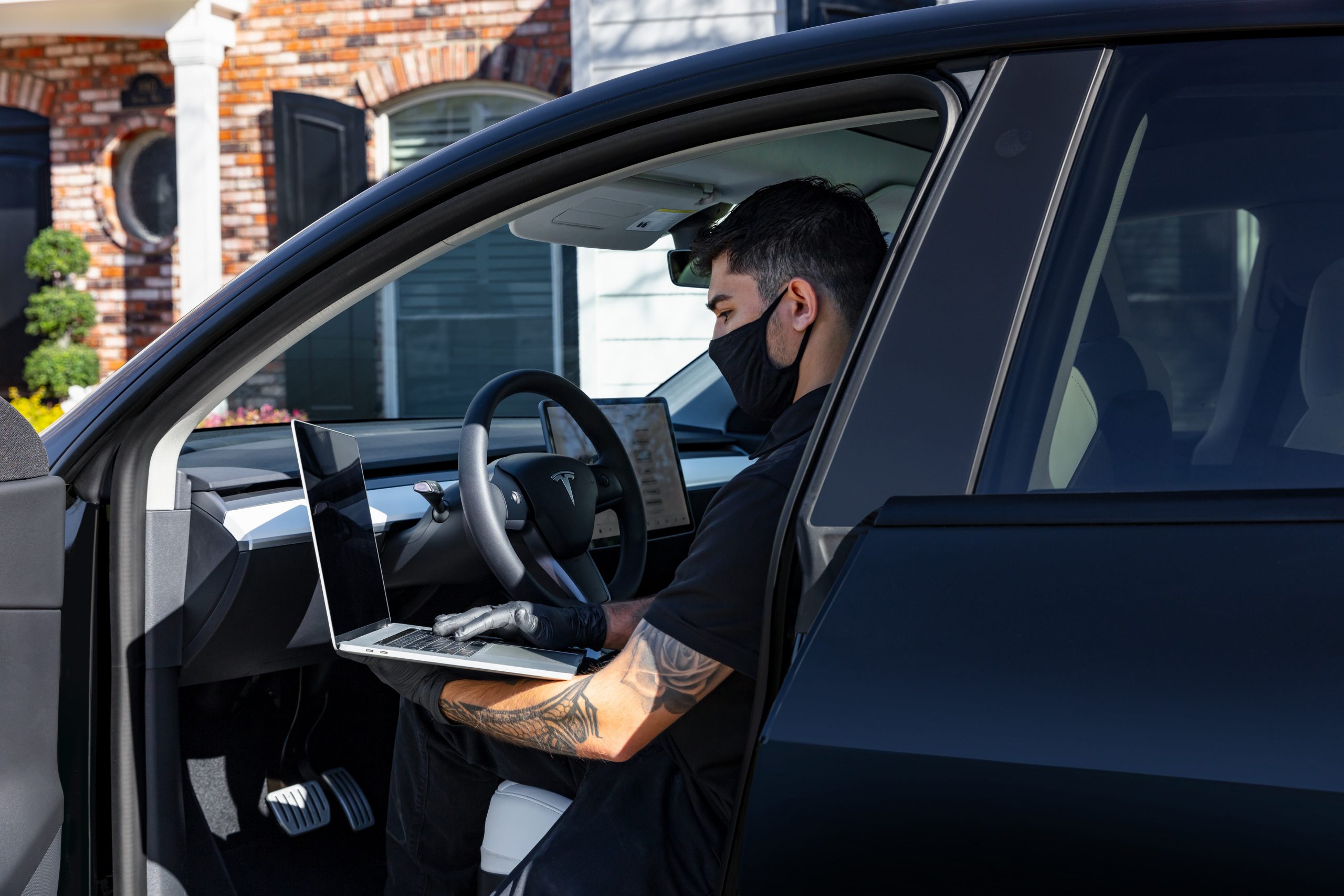
Tesla has created a clever solution to simplify and improve its Service. Tesla performs most of the services that are needed on its vehicles at its company-owned Service Centers.
However, service has been a weak point of the company, as some regions have fewer Service Centers than others. This can cause long wait times for Tesla owners in some parts of the country.
There are also instances where customers do not agree with what Tesla is saying about their vehicle. In fact, one instance that revealed this new change Tesla is making to its Service was precisely that.
One owner posted on X that his vehicle’s battery seal had failed after a recall was issued. Tesla insurance and Tesla Service both did not assist, and it took CEO Elon Musk stepping in to get the issue resolved:
Will investigate
— Elon Musk (@elonmusk) August 7, 2025
Another owner suggested there should be a more streamlined communications process between the customer and the Service Center, a solution that has been missing.
Raj Jegannathan, a Vice President of IT/AI-Infra, Apps, Infosec, and Vehicle Service Operations, revealed that Tesla has started a small pilot program at a few service locations to combat this issue.
Elon Musk wants Tesla Service to fix two-thirds of cars in the same day
Jegannathan said that Tesla has started to share local and regional leader contact information so customers have the ability to reach out when they have complaints or disagree with warranty claims, changes in estimates, or initial diagnostics.
It is available in a handful of locations already, and Jegannathan said that once abuse guardrails are built, this will expand to all locations:
In few service locations, started to share local and regional leader contact information via service in-take in mobile in-app messages so customers can reach out via phone when they disagree with initial diagnostic/warranty/changes in estimates. (Once we build guardrails from…
— Raj Jegannathan (@r_jegaa) August 7, 2025
This would be a major improvement in the Service portion of Tesla’s business. There are common disagreements between Service and customers, specifically when Service’s suggestions don’t align with the customer’s beliefs.
When it comes to things like a warranty claim, these issues are not really up for interpretation. Instead, the repairs should be made. If there is a misunderstanding on Service’s side, a simple message from the customer could have resolved the issue. That’s basically what happened here.
Investor's Corner
Tesla gets its best analysis from Morgan Stanley as ‘it’s all about to change’
He maintained its ‘Overweight’ rating and the $410 price target Morgan Stanley had on the stock.
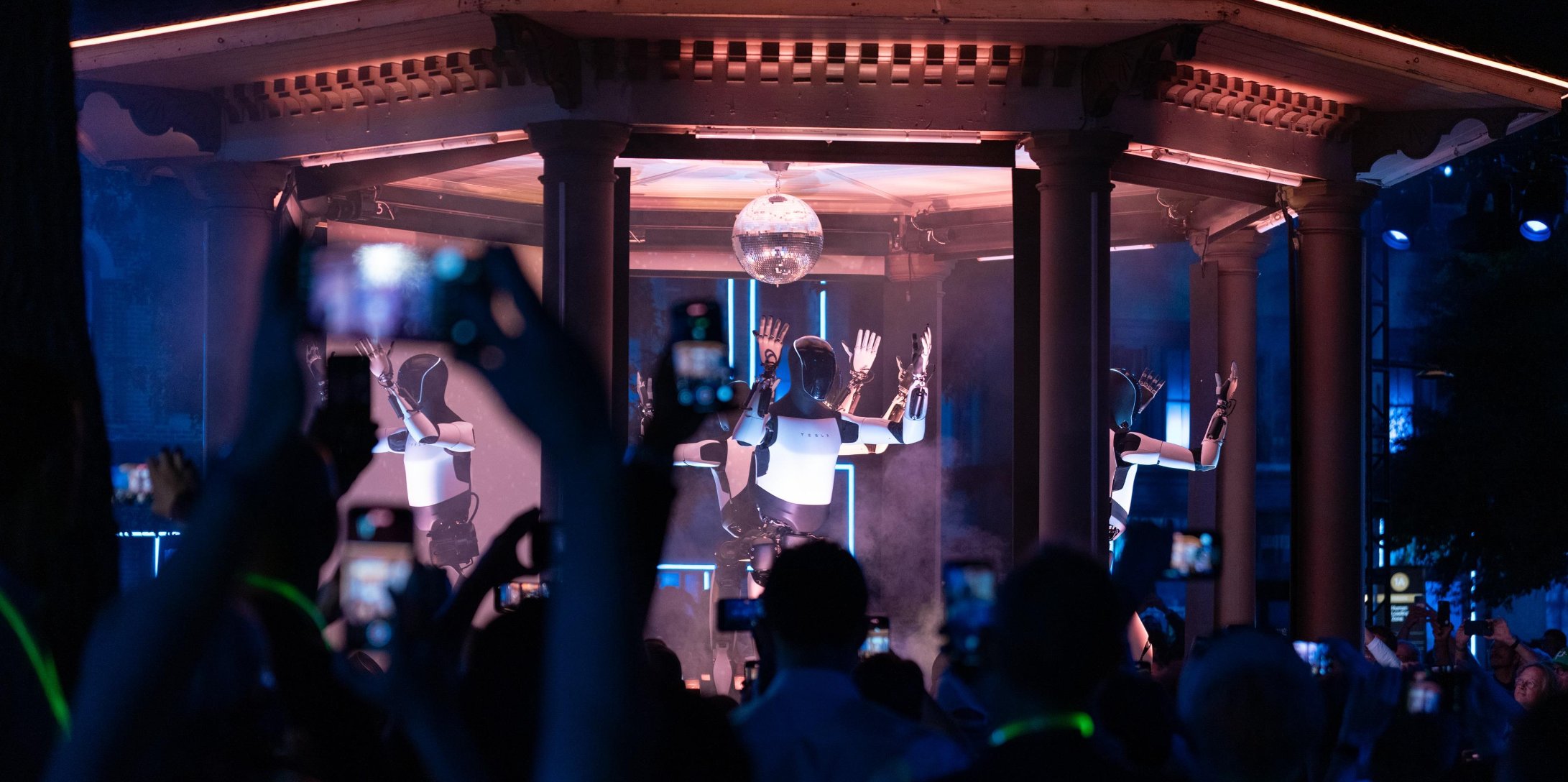
Tesla has gotten perhaps its best analysis from Morgan Stanley in quite some time, as the Wall Street firm claims that “it’s all about to change.”
That phrase could be used for both the company’s status and the world in general.
Analyst Adam Jonas said in a new note on Thursday to investors that Tesla could be one of the major winners in terms of the global transition from what it is now to what it will be.
He describes the global shift that will occur over the next few years:
“Have you interacted with a robot today? Have you even seen a robot today? No? Well, take a mental picture because it’s all about to change. When we meet someone who has never been in a Waymo or a Tesla Cybercab (which is most people), we frequently see a wince and a response such as ‘I’m not sure I’d feel comfortable getting in a car without a driver.’ We imagine going back in time to 1903 and asking people if they’d feel comfortable in an airplane.’”
The same technological revolutions that have occurred over the past 150 years will continue to occur again and again. We are on the verge of another, Jonas believes, as companies like Tesla are working on artificial intelligence tech, which includes changing the way we look at things like transportation and labor.
Jonas includes an interesting tidbit in his note about how humanoid robots could change wages, and how it could work into the advantage of Tesla, especially as it is developing its own Optimus robot:
“We estimate 1 humanoid robot at $5/hour can do the work of 2 humans at $25/hour, generating an NPV of approximately $200k/humanoid. 1 robot shaped car can potentially drive down cost/mile of a ride share vehicle to <$0.20 mile (1/10th human-driven ride-share).”
Jonas sees Tesla as a key player in how AI will impact things like manufacturing and various automotive industries, and he believes there is long-term potential for AI, robomobility, and even autonomous eVTOL platforms.
Tesla stock: Morgan Stanley says eVTOL is calling Elon Musk for new chapter
He maintained its ‘Overweight’ rating and the $410 price target Morgan Stanley had on the stock.
Elon Musk
Tesla expands Robotaxi program in Austin to new riders
Tesla has been expanding both the rider group and the geofence in Austin slowly, making sure to prioritize safety and avoid any major events with the early rollout.
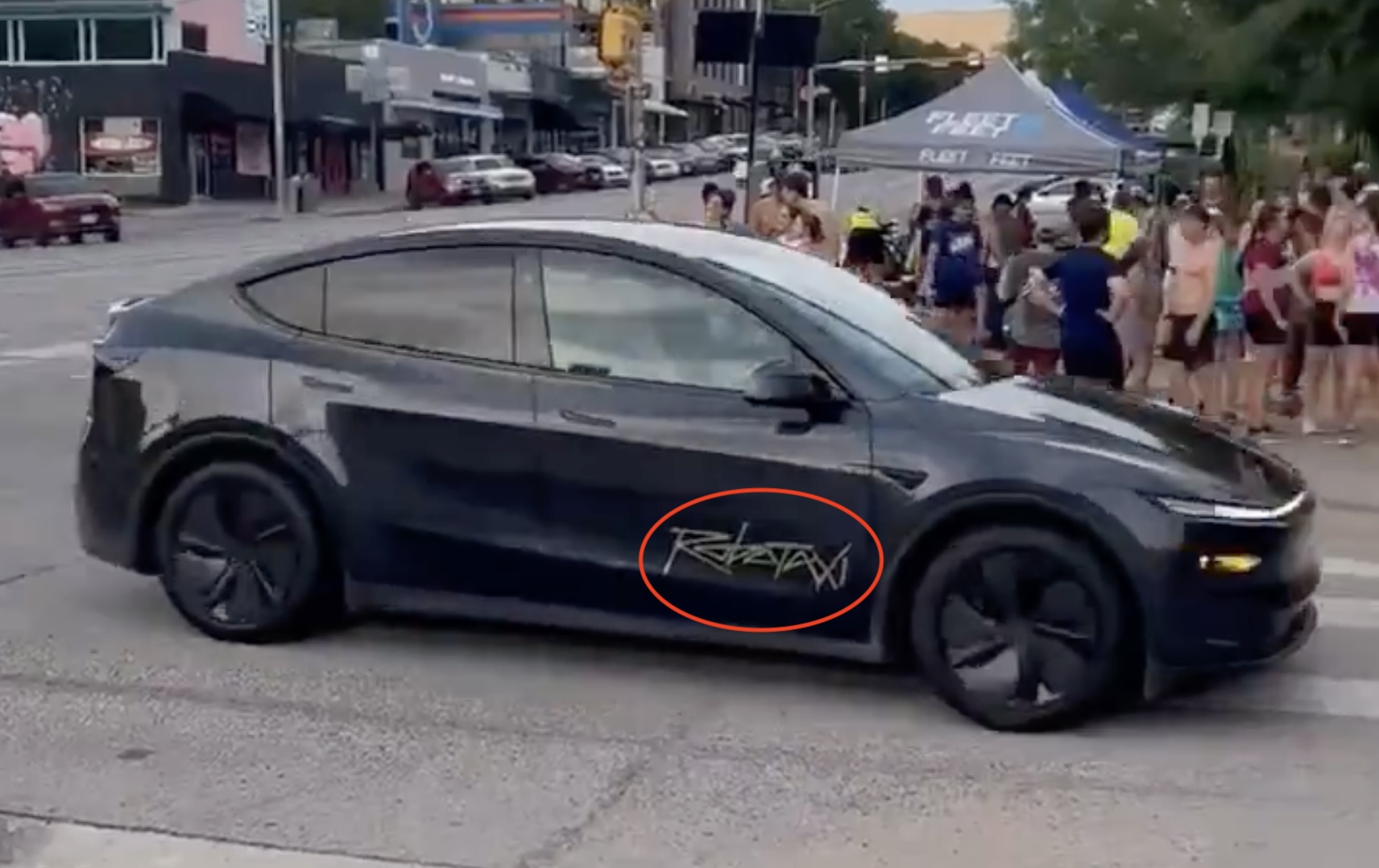
Tesla is expanding its Robotaxi program in Austin, Texas, as several people have received invitations to participate and take rides.
Tesla first launched the Robotaxi platform on June 22. It invited a handful of people to participate in the first-ever public rides. We were lucky enough to get an invitation, and our permissions have been expanded in the Bay Area pilot program as well.
The group was small and consisted of big names in the Tesla community. It expanded and is continuing to offer these exclusive invitations to notable members of the Tesla community.
There have been fewer than five subsequent invitations after the first group’s were sent in late June:
I’m so stoked!! LFG 🙌🏽🙌🏽 @Tesla @Tesla_AI @robotaxi @elonmusk pic.twitter.com/F4chRhMjc9
— Arash (@MinimalDuck) August 7, 2025
I finally got it, guys!! 💯🙌 @robotaxi early access invite 🤠
Wait, does it mean I have to be 65 or wait another 65 years? 😎 pic.twitter.com/yAVPHXISY6
— JeebsTX 🇺🇸 (@JeebsTX) August 7, 2025
Tesla has been expanding both the rider group and the geofence in Austin slowly, making sure to prioritize safety and avoid any major events with the early rollout.
Tesla’s new Robotaxi geofence shape is an FU by Elon Musk to the competition
“We are being very cautious. We do not want to take any chances, so we are going to go cautiously. But the service areas and the number of vehicles in operation will increase at a hyper-exponential rate,” CEO Elon Musk said during the Q2 Earnings Call.
Eventually, the Robotaxi platform will not require an invite, and it will operate without geofences. Musk believes Tesla can get there within three or six months, and plans to have at least half of the U.S. population with access to a Robotaxi by the end of the year:
🚨Tesla plans to offer driverless Robotaxi rides to half the U.S. population by the end of the year, Musk says https://t.co/xEDoTF6fIt
— TESLARATI (@Teslarati) July 23, 2025
“I think we will probably have autonomous ride-hailing in probably half the population of the U.S. by the end of the year. That’s at least our goal, subject to regulatory approvals. I think we will technically be able to do it. Assuming we have regulatory approvals, it’s probably addressing half the population of the U.S. by the end of the year.”
Tesla plans to have regulatory approval in Nevada, Arizona, and Florida sooner than in other states.
-
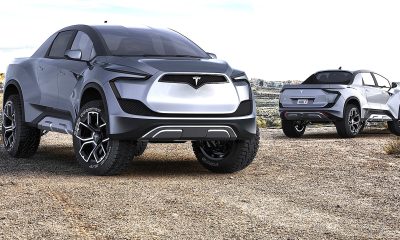
 News2 weeks ago
News2 weeks agoTesla hints a smaller pickup truck could be on the way
-
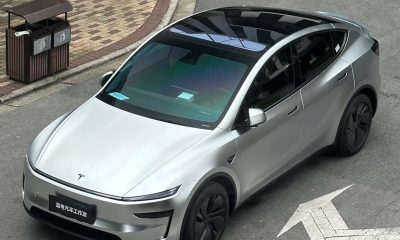
 News2 weeks ago
News2 weeks agoTesla is ready with a perfect counter to the end of US EV tax credits
-
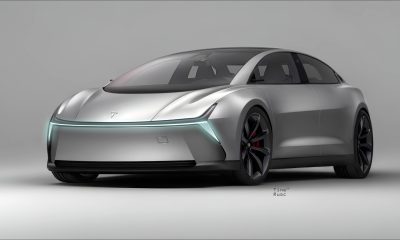
 Elon Musk2 weeks ago
Elon Musk2 weeks agoTesla gives a massive update on its affordable model plans
-
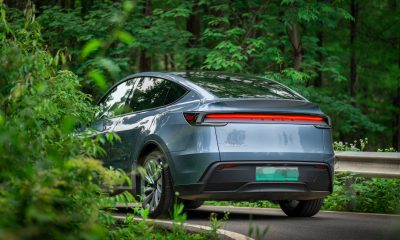
 News1 week ago
News1 week agoElon Musk highlights Tesla Model Y’s most underrated feature
-
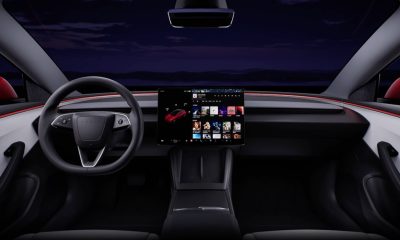
 Lifestyle1 week ago
Lifestyle1 week agoTesla brings perhaps the coolest interior feature to cars in latest update
-
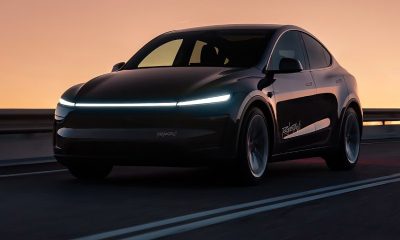
 Elon Musk2 weeks ago
Elon Musk2 weeks agoElon Musk reveals Tesla’s next Robotaxi expansion in more ways than one
-
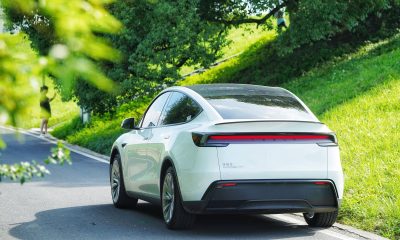
 News2 weeks ago
News2 weeks agoTesla’s new affordable Model Y details teased in new sighting
-
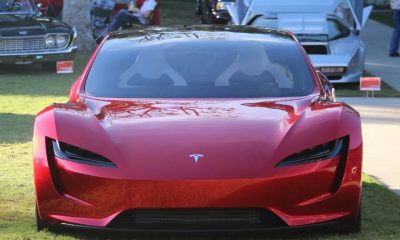
 Elon Musk2 weeks ago
Elon Musk2 weeks agoTesla exec gives big update on Roadster, confirming recent rumor

